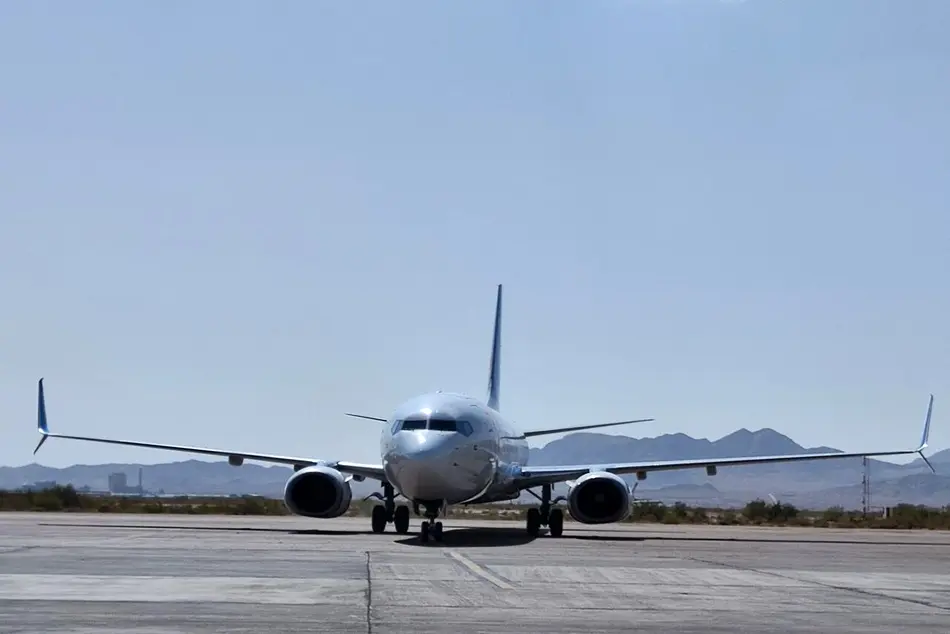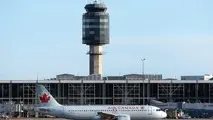Canada, China Move To Boost Nonstop Flight Capacity
However, Chinese carriers are currently limited to a combined six flights per week, while Air Canada operates four, following pandemic-era flight caps. Only 6,300 weekly two-way seats are available on flights between the countries, a sharp decline from 52,000 seats during the same period in 2019.

Canada and China have initiated the process of increasing the number of nonstop flights between the nations following several rounds of talks.
CAAC News, the official news arm of the Civil Aviation Administration of China, says the increase in direct flights will help to boost passenger traffic and trade between the countries and “promote the further recovery of the China-Canada air transport market.”
Before the pandemic, more than 110 weekly roundtrip flights connected Canada and mainland China during the peak summer season in 2019, with Chinese airlines operating about two-thirds of them, according to OAG Schedules Analyser data.
However, Chinese carriers are currently limited to a combined six flights per week, while Air Canada operates four, following pandemic-era flight caps. Only 6,300 weekly two-way seats are available on flights between the countries, a sharp decline from 52,000 seats during the same period in 2019.
Following the decision to ease flight caps, CAAC News says that Air Canada intends to increase frequencies between Vancouver International Airport and Shanghai Pudong International Airport from the current 4X-weekly to 7X-weekly from Dec. 7, with a daily route from Vancouver to Beijing commencing on Jan. 15, 2025. Additionally, Chinese airlines are “also accelerating the application for additional flights.”
The proposed increase in Canada-China service comes as capacity between the U.S. and mainland China remains about 70% lower than at this time in 2019—a consequence of geopolitical issues and lower business travel demand.
The U.S. Transportation Department has allowed Chinese airlines 50 roundtrip flights per week since March 31, while U.S. airlines are also allowed 50 per week. However, before the pandemic, 150 flights operated each week between the world’s top two economies.
U.S. carriers continue to argue that they face a competitive disadvantage due to restricted access to Russian airspace, imposed after the war in Ukraine.
Alongside its decision to reduce flight caps from China, Canada has expanded its air transport agreement with Australia. The agreement includes an unlimited number of direct passenger and cargo flights and enhances operational flexibility for each country’s airlines. It also includes access to any point in the other country’s territory.
“This expanded air transport agreement will improve connectivity for passengers, deepen our cultural and commercial ties, and strengthen our supply chains,” says Anita Anand, Canada’s transport minister. In 2023, Australia was Canada’s 18th-largest air travel market, with 534,075 one-way passenger trips.
Additionally, Canada and the Qatar Civil Aviation Authority have signed a memorandum of understanding to increase Doha-Toronto frequencies to 7X-weekly. The move comes as Qatar Airways plans to launch a 3X-weekly route from Doha’s Hamad International Airport to Toronto Pearson International Airport from Dec. 11.



